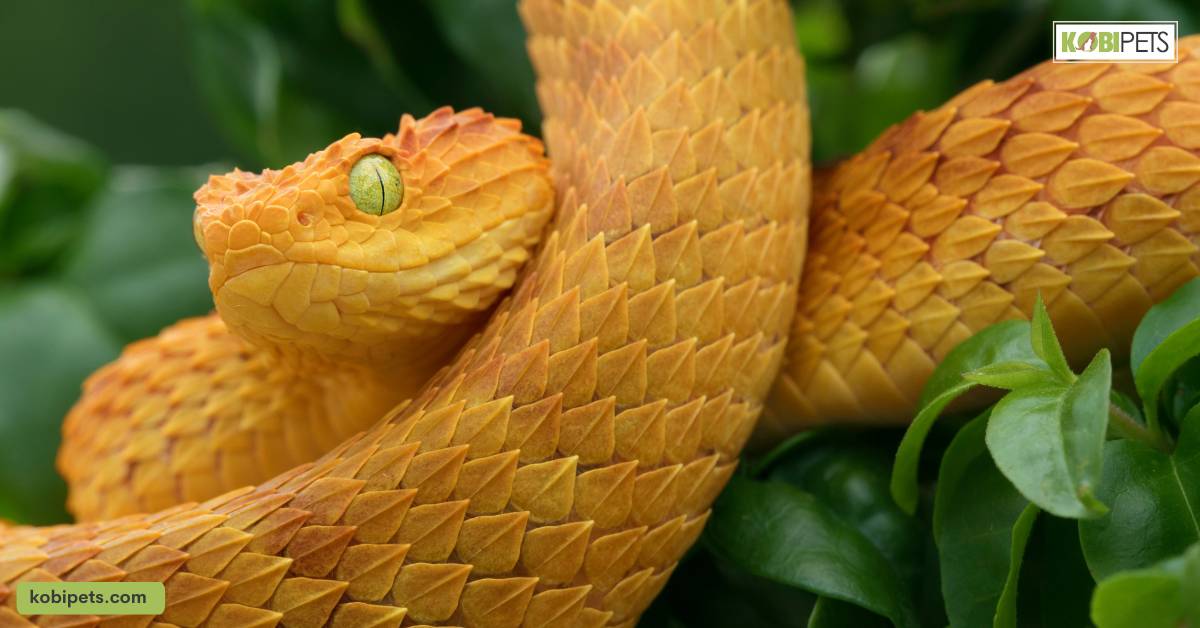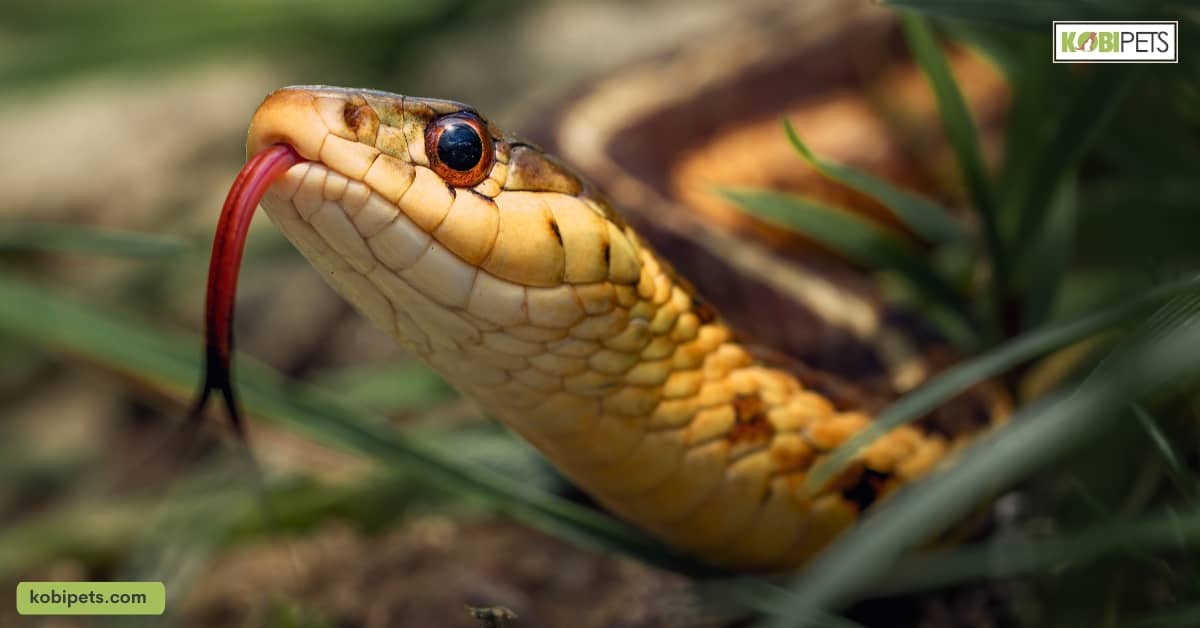Throughout the animal kingdom, the process of reproduction can take on a variety of forms. For snakes, this is no different. Unlike mammals, where birth is generally live and enclosed within an amniotic sac, snake birth can occur in a number of ways.
Oviparous, ovoviviparous, and viviparous births all have unique characteristics that determine when and where they occur in various species. Understanding these factors is essential for conservation efforts, as shifts in temperature and humidity due to climate change can significantly impact snake birth.
Oviparous Snake Birth
Oviparous snake birth, also known as egg-laying, is a remarkable process by which certain species of snakes reproduce by laying eggs. We’ll examine the different stages involved in oviparous snake birth, including the fertilization of the eggs, the selection of the nesting site, and the incubation period.
Fertilization of the Eggs
In oviparous snakes, the female snake produces eggs that are fertilized by the male snake. The process of fertilization involves the transfer of sperm from the male’s cloaca to the female’s cloaca. Once inside the female, the sperm travels to the oviducts, where it fertilizes the egg.
The fertilized egg becomes an embryo, which starts to grow and develop inside the egg. The shell of the egg provides protection and nutrients for the developing embryo, and it is where the snake will grow until it is ready to hatch.
Selection of the Nesting Site
The female snake must select a nesting site for her eggs carefully. The nesting site must be warm, secluded, and safe from predators. Often, the female will choose a location such as inside a log or under a rock to lay her eggs. The female snake will carefully dig a hole and lay her eggs inside it before quickly covering them with dirt, leaves, or other materials.
Incubation Period
Once the female snake has laid her eggs, they remain buried until they hatch. The incubation period for the eggs depends on the species of the snake and can range from a few weeks to several months. During this period, the embryo inside the egg continues to develop, taking in nutrients and gradually forming into a snake.
As the incubation period comes to an end, the embryo inside the egg will start to move and break out of the shell. The hatchling will emerge from the egg and begin to explore its surroundings.
Ovoviviparous Snake Birth
Ovoviviparous snake birth is a reproductive process that occurs in certain species of snakes. In this process, the female snake retains her eggs inside her body until they hatch, and the young are born live. Let’s explore the different stages involved in ovoviviparous snake birth, including fertilization, gestation, and birth.
Fertilization and Gestation
In ovoviviparous snakes, the female snake produces eggs that remain inside her body during gestation. These eggs are fertilized by the male snake, and the embryos inside the eggs start to develop. As the embryos grow, they receive nutrients and oxygen from the mother through a special membrane, called a placenta, which attaches to the uterine wall.
Birth
Once the embryos are fully developed and ready to be born, the female snake gives birth to live young. The number of young born during each litter can vary significantly, depending on the species of the snake. Some species give birth to just a few young, while others can give birth to up to 100 offspring per litter.
Advantages of Ovoviviparous Snake Birth
Ovoviviparous snake birth offers several advantages that help ensure the survival of their offspring. Retaining the eggs inside the female’s body allows the developing offspring to receive vital nutrients and protection from predators while they grow. With live birth, these offspring are also more developed and ready to fend for themselves than their oviparous counterparts, who may require time to reach maturity.
Viviparous Snake Birth
Viviparous snake birth is a unique reproductive process that occurs in certain species of snakes. In this process, the female snake retains her young inside her body until they are fully developed and ready to be born. Let’s examine the different stages involved in viviparous snake birth, including fertilization, gestation, and live birth.
Fertilization and Gestation
In viviparous snakes, the female snake produces eggs that remain inside her body for the duration of gestation. These eggs are fertilized by the male snake, and the embryos inside the eggs start to develop. As the embryos grow, they receive nutrients and oxygen from the mother through a special membrane, just like in ovoviviparous snakes.
Gestation Period
The gestation period for viviparous snakes can vary significantly, depending on the species of the snake. Some species have gestation periods that last only a few months, while others can last up to a year. During this time, the embryos inside the female snake’s body continue to develop, taking in nutrients and slowly forming into snakes.
Birth
Once the embryos are fully developed and ready to be born, the female snake gives birth to live young. The number of young born in each litter can vary significantly, depending on the species of the snake. Some species give birth to only one or two offspring, while others can give birth to up to 50 young per litter.
Advantages of Viviparous Snake Birth
Viviparous snake birth offers several advantages that help ensure the survival of their offspring. Like ovoviviparous snakes, retaining the young inside the female’s body allows the developing offspring to receive vital nutrients and protection from predators while they grow. With live birth, these offspring are also more developed and ready to fend for themselves than their oviparous counterparts, who may require time to reach maturity.
Comparison of Snake Birth Methods
There are three primary methods of snake birth: oviparous, ovoviviparous, and viviparous. In oviparous snake birth, the female snake lays eggs that hatch into offspring. The young hatch inside the mother’s body and are then born to live. The young develop inside the mother’s body and are born life, as in ovoviviparous snake birth.
| Oviparous Birth | Ovoviviparous Birth | Viviparous Birth | |
|---|---|---|---|
| Eggs | Yes | Yes | No |
| Gestation | No | Inside the female | Inside the female |
| Live Birth | No | Yes | Yes |
| Offspring Development | Outside the female | Inside the female | Inside the female |
Factors Influencing Snake Birth
The type of snake birth that occurs in any given species is largely determined by environmental factors, such as temperature and humidity. Oviparous snake birth is favored in environments with cooler temperatures and higher humidity, as the eggs require a moist environment to remain viable. Viviparous and ovoviviparous births are favored in warmer climates, as the embryos require a warm environment in order to develop.
Other factors that influence snake birth include food availability and predator abundance. In areas with plentiful prey, snakes are more likely to give birth and live young because they can provide sustenance for their offspring in their early stages of development. Likewise, in areas with few predators, live births offer a greater chance of survival for the offspring.
Ultimately, the type of snake birth that is seen in any given species depends on the particular environmental conditions at hand and can vary greatly from one species to the next. Understanding these factors can help us better understand snake reproduction and the life cycles of different species.
Importance of Understanding Snake Birth
Understanding the various types of snake birth and their associated environmental factors is crucial in understanding the life cycles of different species. By studying the conditions in which a particular species typically reproduce, scientists can gain insight into its behavior and ecology. This knowledge can be used to inform conservation efforts and create more effective management plans for endangered species.
In addition, understanding the environmental factors that influence snake birth can help us better understand the impacts of climate change on species. As temperatures and humidity levels fluctuate due to climate change, we will likely see shifts in the types of snake births occurring in different regions. Understanding how these changes affect a particular species can help us make more informed decisions about how to protect them and ensure their survival.
Overall, understanding snake birth is important in gaining a better understanding of the species, as well as in informing conservation efforts. By studying the environmental factors that influence different types of births, we can gain valuable insight into the behavior and ecology of snakes, and use this knowledge to protect and conserve them.
In conclusion
Understanding the different methods of snake birth sheds light on the diversity of the reptile world. Whether they lay eggs, give birth to live young, or use a combination of both methods, snakes have a remarkable ability to adapt to their environment and ensure the survival of their offspring. Additionally, knowing about these different methods is critical for conservation efforts, as some species may be more vulnerable if their reproductive patterns are disrupted.


















